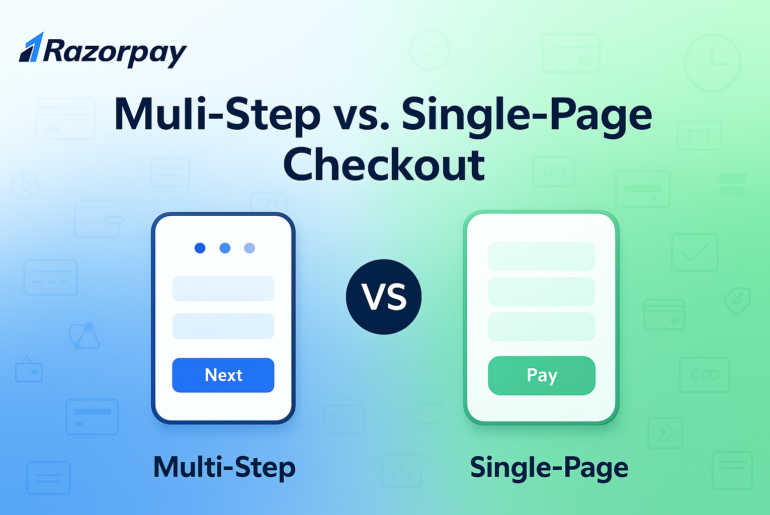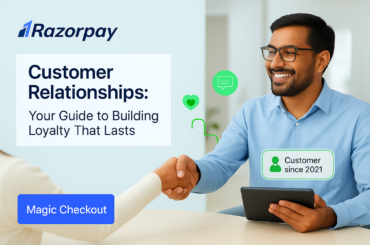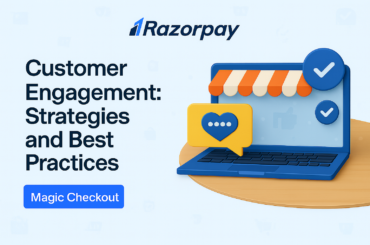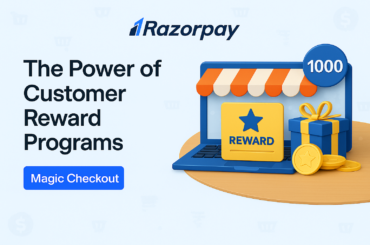In e-commerce, checkout design can make or break a sale. Whether you’re a small startup or an established brand, optimizing your checkout process is crucial to improving conversions and enhancing the customer experience. But when it comes to checkout flows, many businesses face a debate: multi-step checkout vs. single-page checkout.
Each approach has its strengths, but the right choice for your business largely depends on your audience, your products, and your goals. In this post, we’ll explore the distinct advantages of both multi-step and single-page checkouts, helping you understand which could be the better fit for your unique needs. By the end, you’ll have the insight needed to make a decision that could streamline your checkout process and boost your bottom line.
Table of Contents
Multi-Step Checkout
A multi-step checkout flow breaks the purchasing process into several distinct stages, often displayed across multiple pages. While this may seem like a slower process, it offers several distinct advantages, especially when tailored to the right audience or product type.
Less Overwhelming for Shoppers: For some customers, the prospect of filling out a long and complex form can feel overwhelming. With multi-step checkout, each page focuses on one task at a time, whether it’s entering shipping information, selecting payment methods, or reviewing the order. This breakdown can make the experience feel more manageable, reducing cognitive overload and helping the shopper feel more in control of their purchase.
Easier to Track Drop-Off Points: Multi-step checkouts provide clear stages in the process, making it easier to track where shoppers are dropping off. This insight is invaluable for businesses. If you notice that a large number of customers are abandoning the cart after entering payment details, for example, it could signal a need for improvement in that step. By analyzing these points, businesses can optimize the flow, targeting specific pain points and increasing the likelihood of successful transactions.
Ideal for High-Ticket or Customizable Products: Multi-step checkouts often work better when selling high-ticket items or products that require customization (think bespoke jewelry or complex electronics). The additional stages give customers time to make decisions, confirm details, or even add special instructions for customization. This process ensures that businesses collect all necessary information before the purchase is finalized, improving order accuracy and customer satisfaction.
Single-Page Checkout
A single-page checkout consolidates all the necessary steps into one view, allowing shoppers to complete their entire purchase in a single, streamlined experience. This approach is increasingly popular, especially for businesses looking to reduce friction and speed up transactions.
Faster Process, Higher Conversion: The most obvious advantage of a single-page checkout is speed. By eliminating the need to navigate through multiple screens, you drastically reduce the time it takes for customers to complete their purchase. With fewer steps, customers can quickly input their details and proceed to checkout, minimizing the chances of cart abandonment. This seamless, quick process is particularly appealing to customers looking for efficiency, helping you capture more sales with less hassle.
Optimized for Mobile Users: As mobile shopping continues to rise, a single-page checkout becomes even more crucial. Mobile users, in particular, benefit from having all their information in one place. With limited screen real estate, the fewer clicks required, the better. Single-page checkouts ensure that mobile shoppers don’t have to deal with scrolling through multiple pages or re-entering information on separate screens, which can be frustrating and lead to abandoned carts. The smoother the experience, the more likely customers are to follow through on their purchase.
Perfect for Impulse Buys: Speed is everything when it comes to impulse purchases, whether it’s a trendy accessory or a must-have gadget. A single-page checkout removes the barriers to completing a fast transaction, making it the ideal solution for businesses selling products designed for quick decisions. The more friction you remove, the easier it is for customers to convert on the spot, especially when they’re already in the mindset of making a purchase.
Multi-Step vs. Single-Page Checkout: A Side-by-Side Look
While both checkout flows are designed to help customers complete their purchases, they do so in very different ways. Choosing between them isn’t just a matter of design; it’s about understanding your audience’s preferences, your product type, and how much friction your customers are willing to tolerate.
| Feature | Multi-Step Checkout | Single-Page Checkout |
| Speed | Slower, but guided | Faster, fewer clicks |
| User Experience | Less overwhelming; focuses the user on one task at a time | Streamlined; everything in one view |
| Conversion Optimization | Easier to track drop-offs per stage | Fewer chances to drop off; ideal for impulse purchases |
| Best For | High-ticket, customizable, or regulated products | Low-ticket, impulse-driven, or fast-moving goods |
| Mobile Friendliness | Can be clunky on smaller screens | Highly optimized for mobile |
Each approach has its strengths. A multi-step checkout may give you more data and structure, while a single-page checkout is all about minimizing friction. What works well for a furniture brand might frustrate a customer buying a phone case. The key is to align the checkout experience with the buying behavior you’re targeting.
Choosing the Right Option for Your Business
There’s no universal answer to which checkout style is “better.” The right choice often depends on the nature of your products, the expectations of your audience, and your conversion goals.
If you’re selling customized, high-value, or regulated products, a multi-step checkout can offer a more structured experience. It gives you space to collect specific details, guide the customer through the process, and reduce the feeling of information overload. For industries like travel, insurance, or luxury goods, where additional inputs or validations are required, this flow offers control and clarity for both the buyer and the business.
On the flip side, if your brand thrives on speed, convenience, and mobile-first traffic, a single-page checkout could be a game-changer. It’s the go-to option for fast fashion, gadgets, home accessories anything where quick decision-making drives sales. Especially when paired with technologies like one-click checkout, it’s designed to reduce resistance and convert more visitors in less time.
It’s also worth noting that checkout isn’t static. Businesses can (and often should) test different flows for different customer segments. For example, returning customers may be routed through a faster checkout path, while new users go through a more guided flow. Ultimately, the “right” approach is the one that your customers respond to best, and that evolves as your business grows.
Wrapping Up
There’s a reason the checkout experience is under so much scrutiny because even small tweaks can make a measurable difference in conversions, customer satisfaction, and brand perception. Whether you opt for a multi-step flow or a single-page layout, the goal is the same: remove friction and build trust at the moment it matters most.
Both models have merits. Multi-step checkout offers structure and clarity, especially for complex purchases. Single-page checkout wins on speed and simplicity, especially on mobile and for impulse-driven buyers. Rather than declaring a winner, the smarter move is to understand your audience, test thoughtfully, and optimize accordingly.
That said, businesses that are serious about reducing drop-offs and creating a truly seamless experience are increasingly turning to solutions like one-click checkout, which offers the convenience of single-page speed with the intelligence to personalize the journey behind the scenes.
Still deciding what’s right for you? Start with what your customers value most and build from there.
To explore how checkout design impacts conversions and user experience, check out our Ultimate Guide to Checkout.





